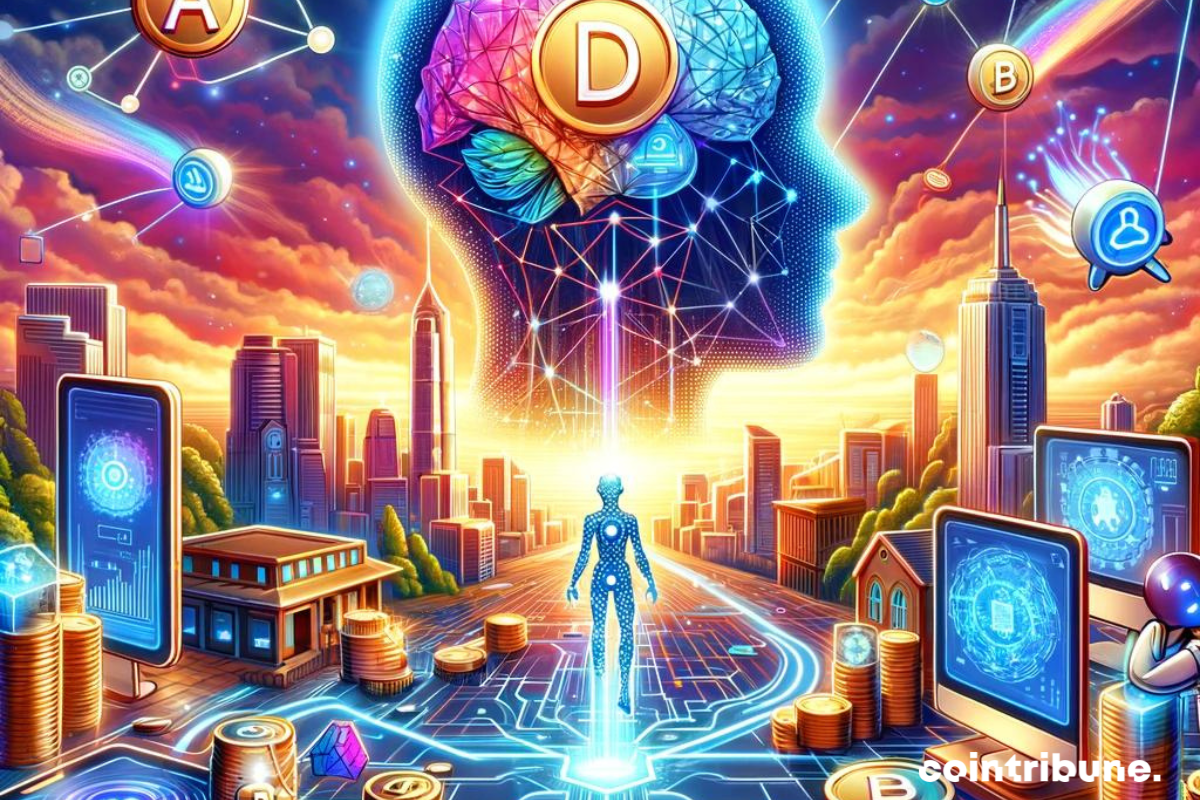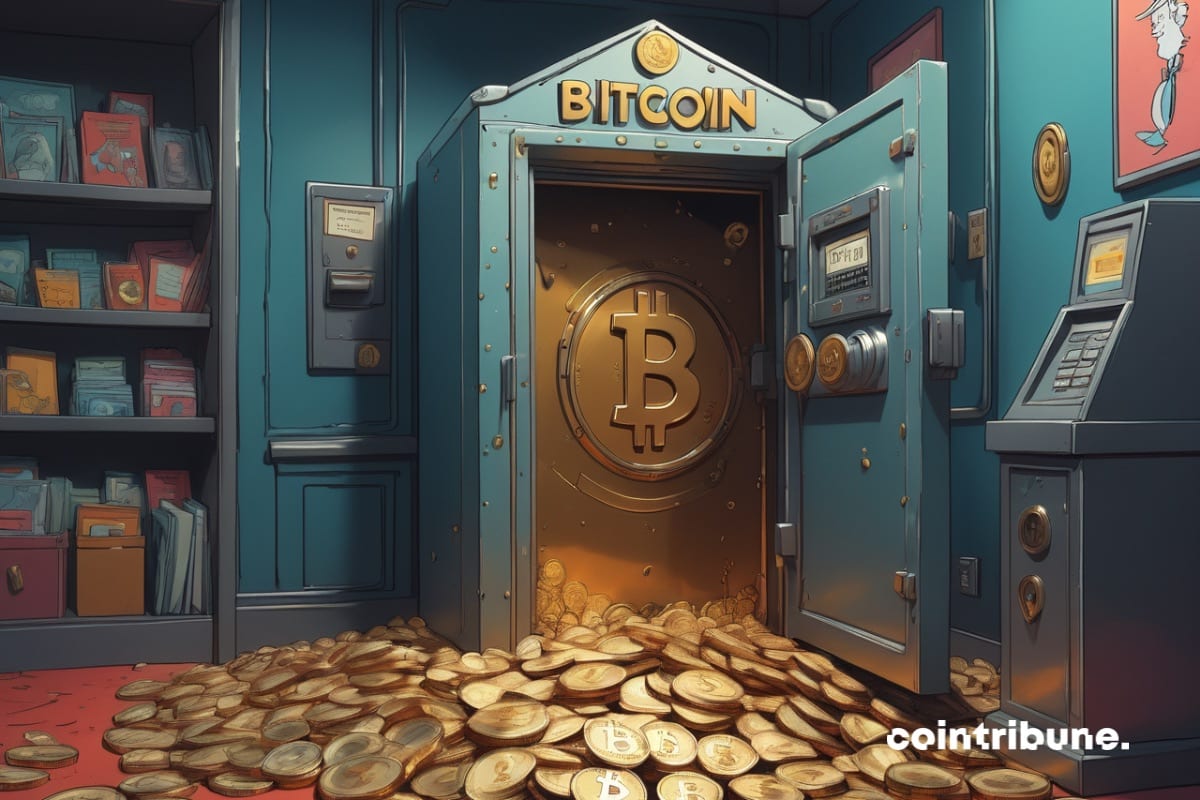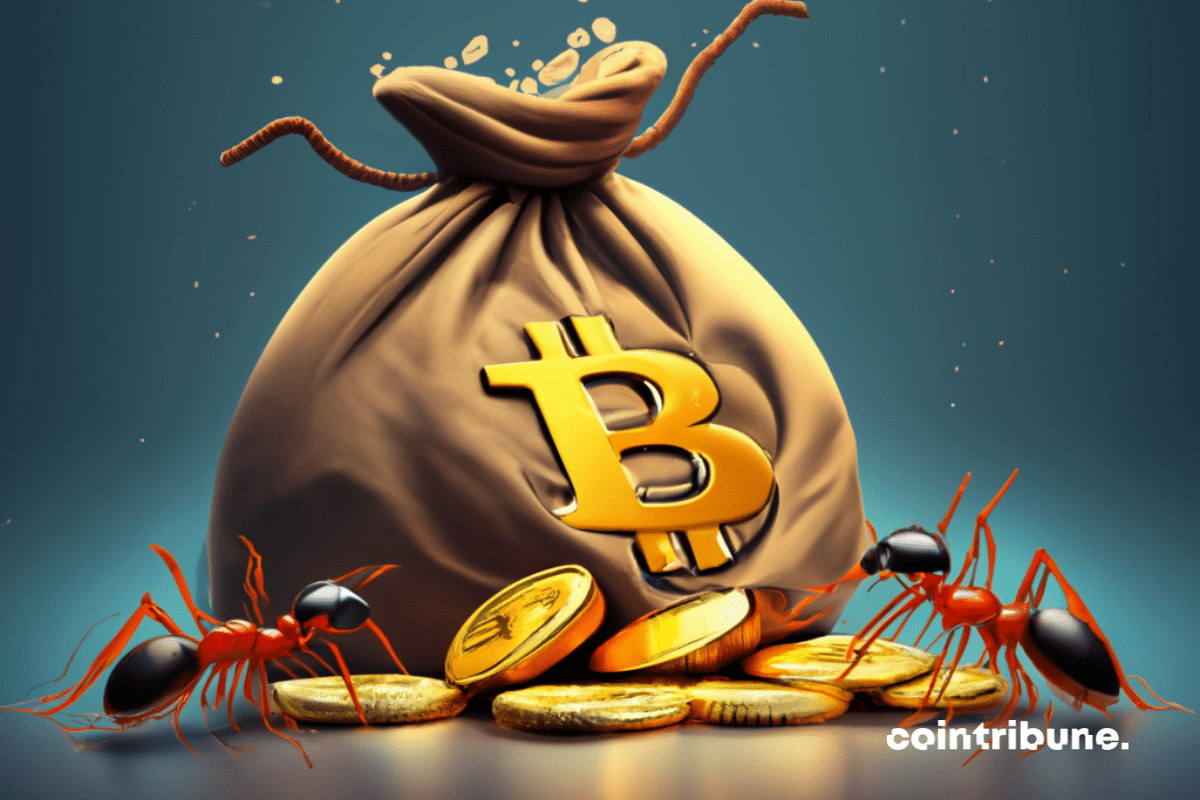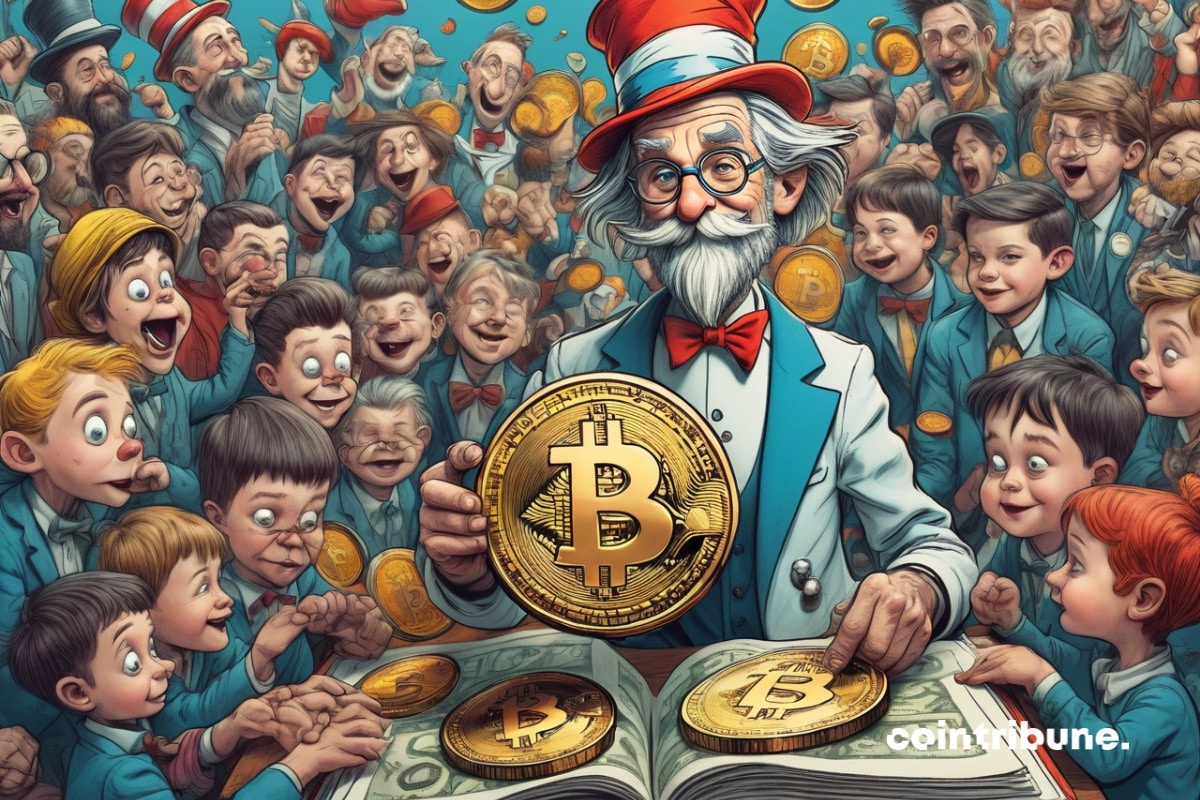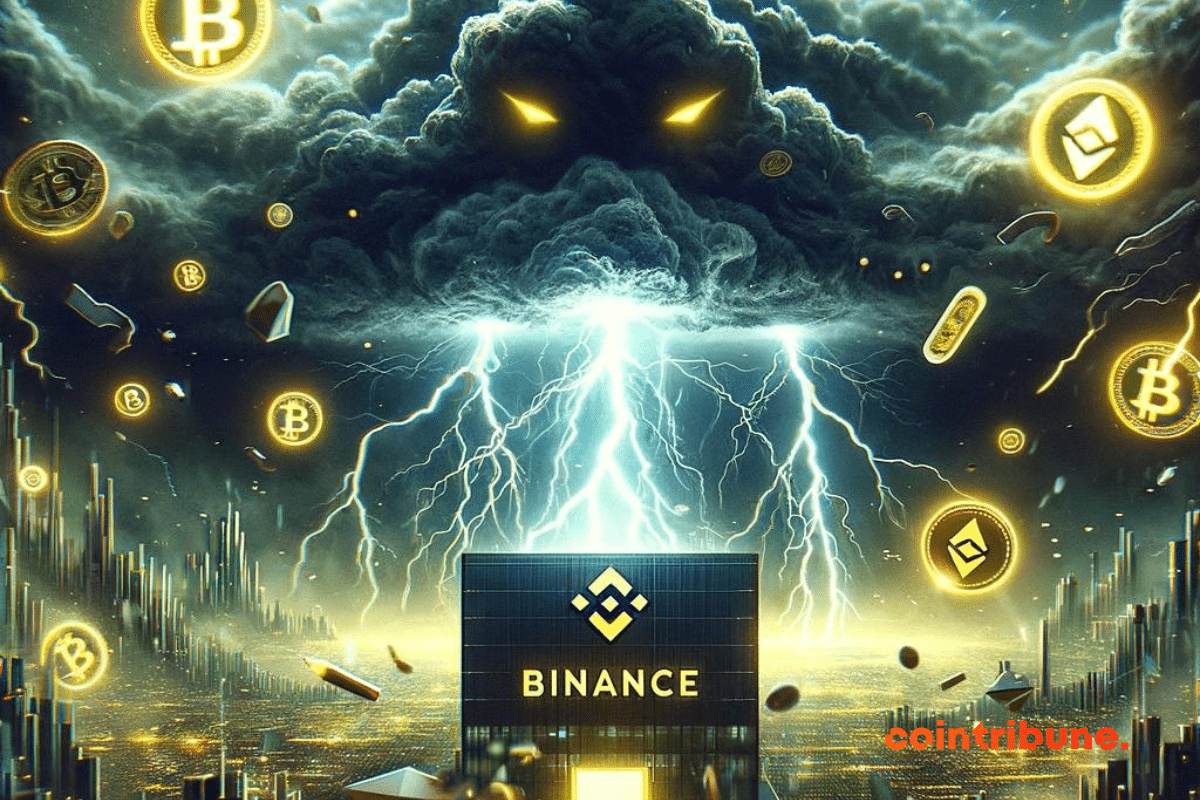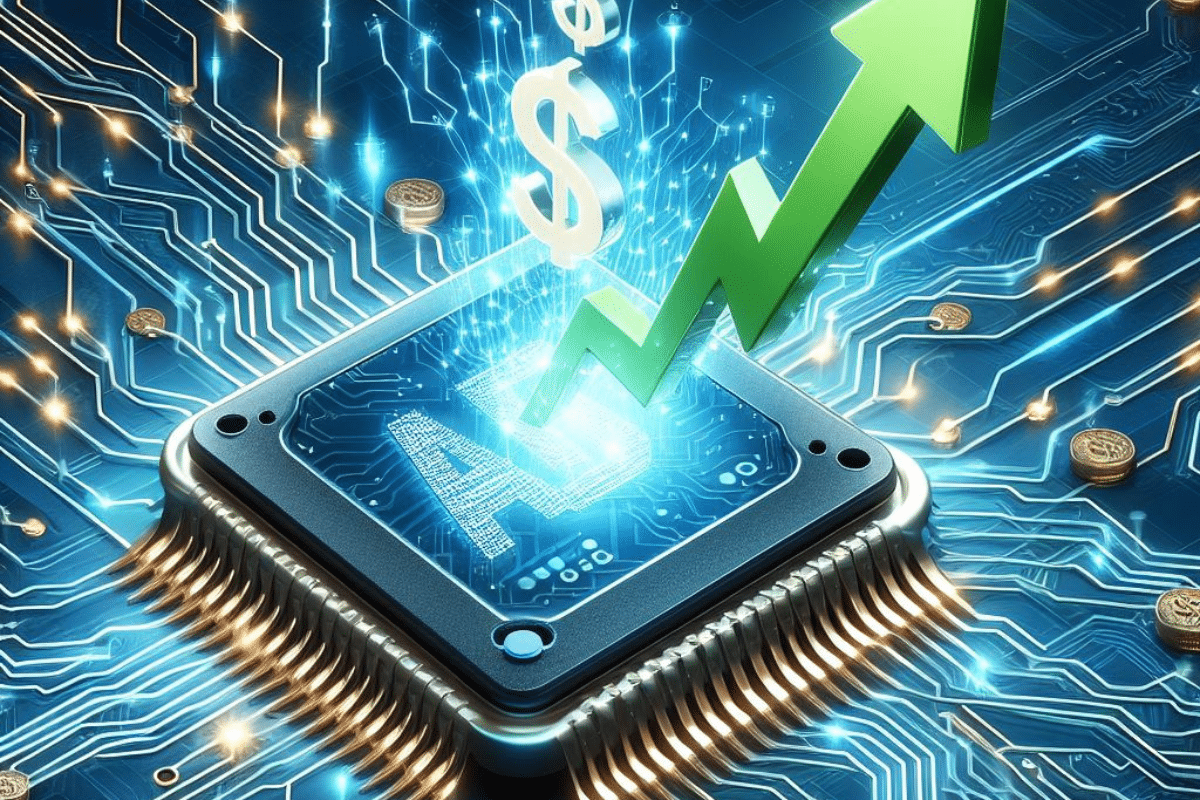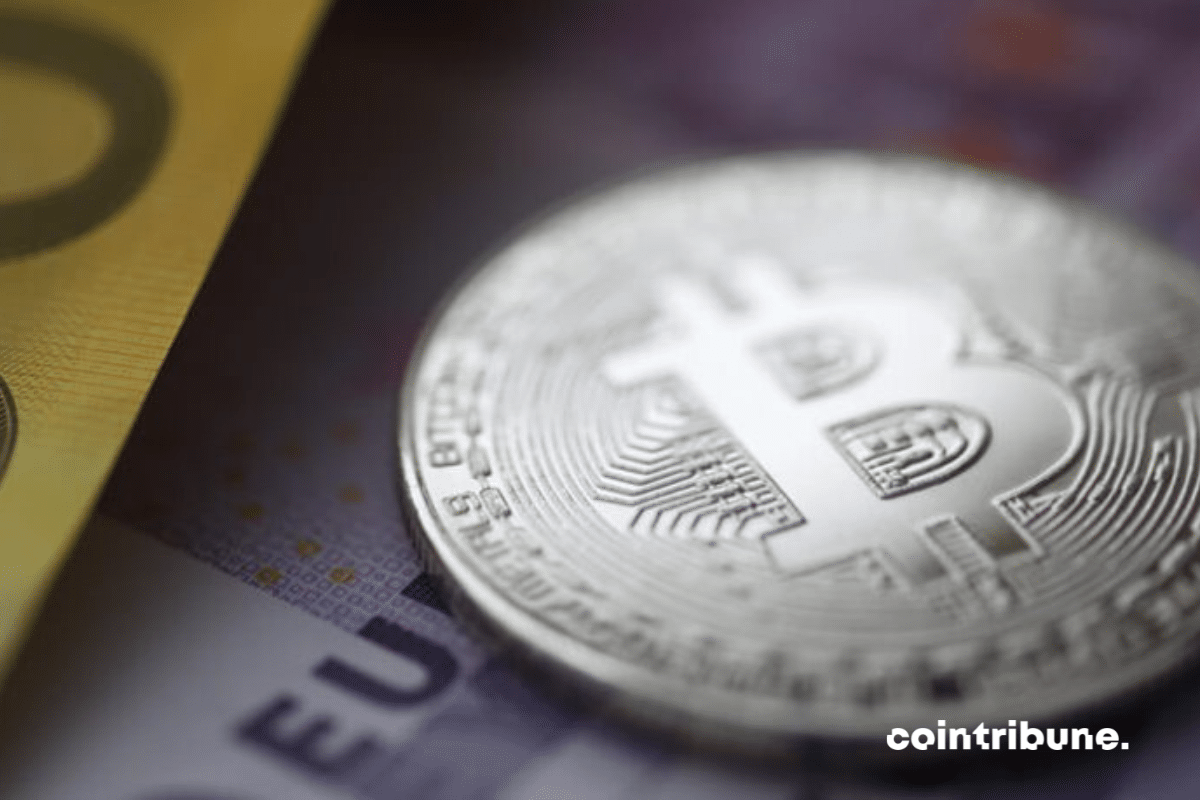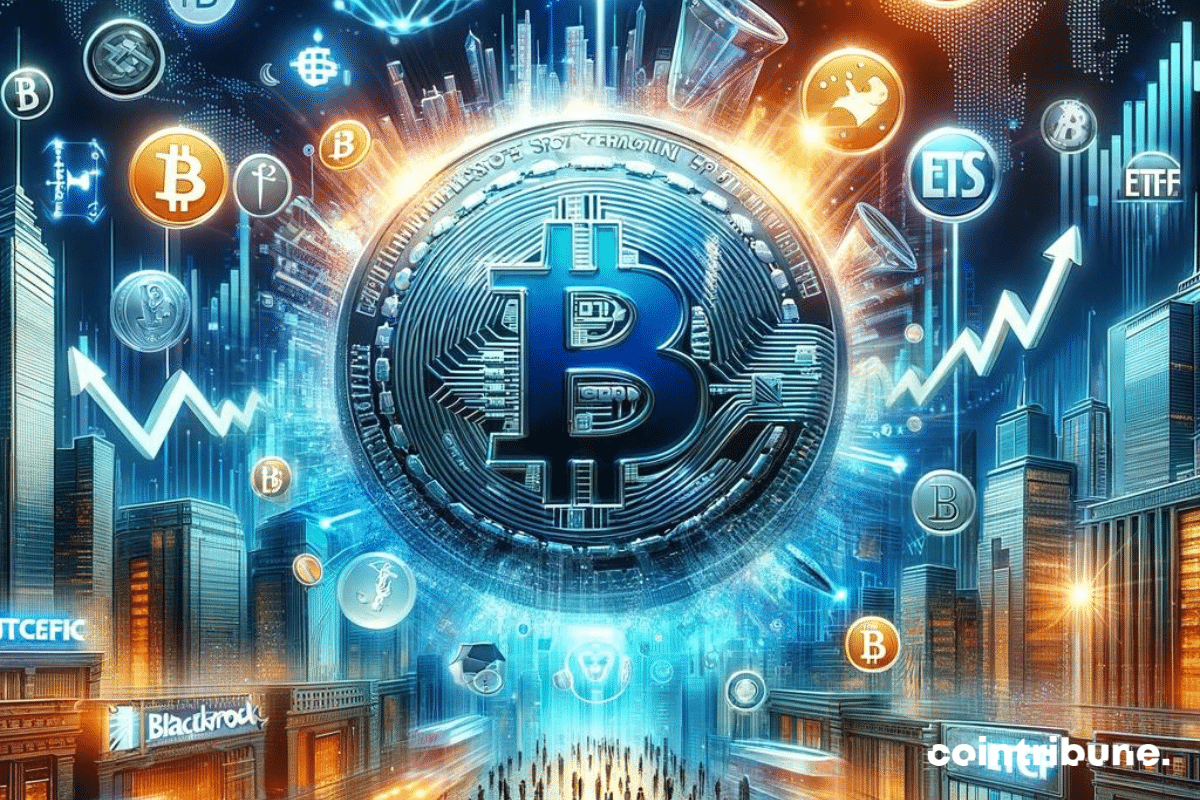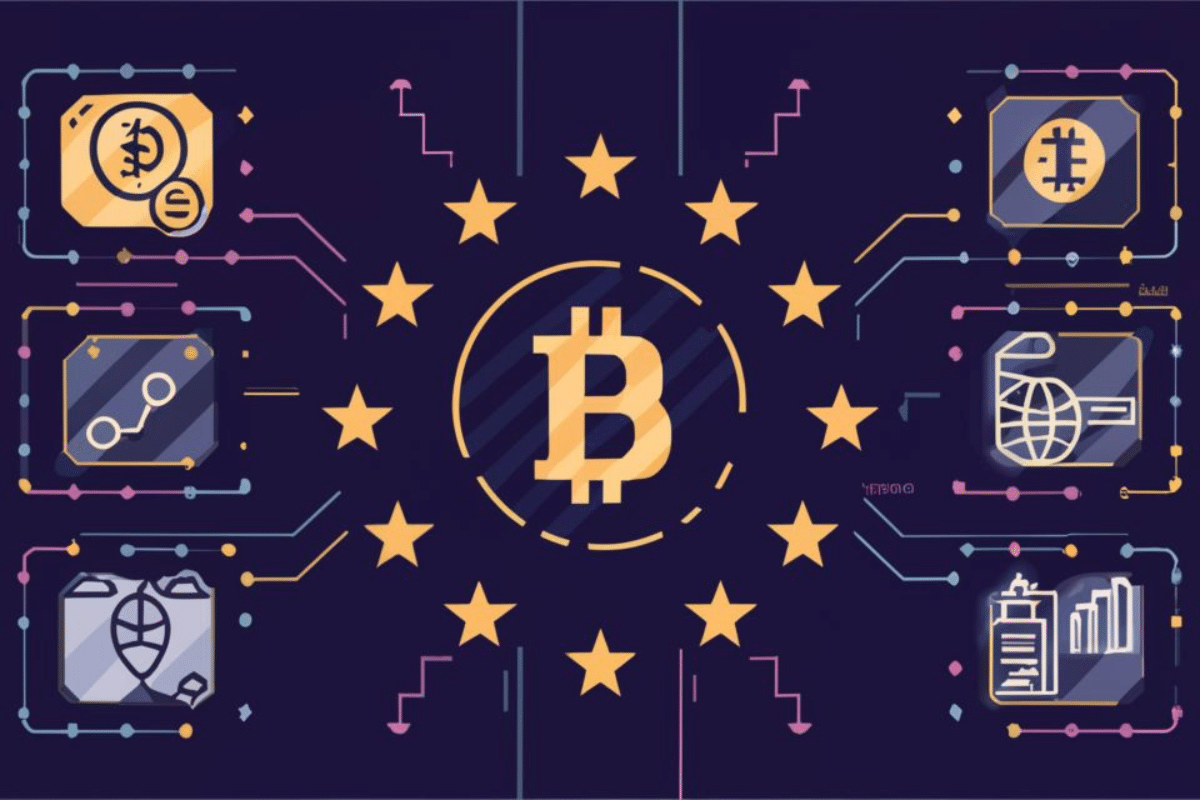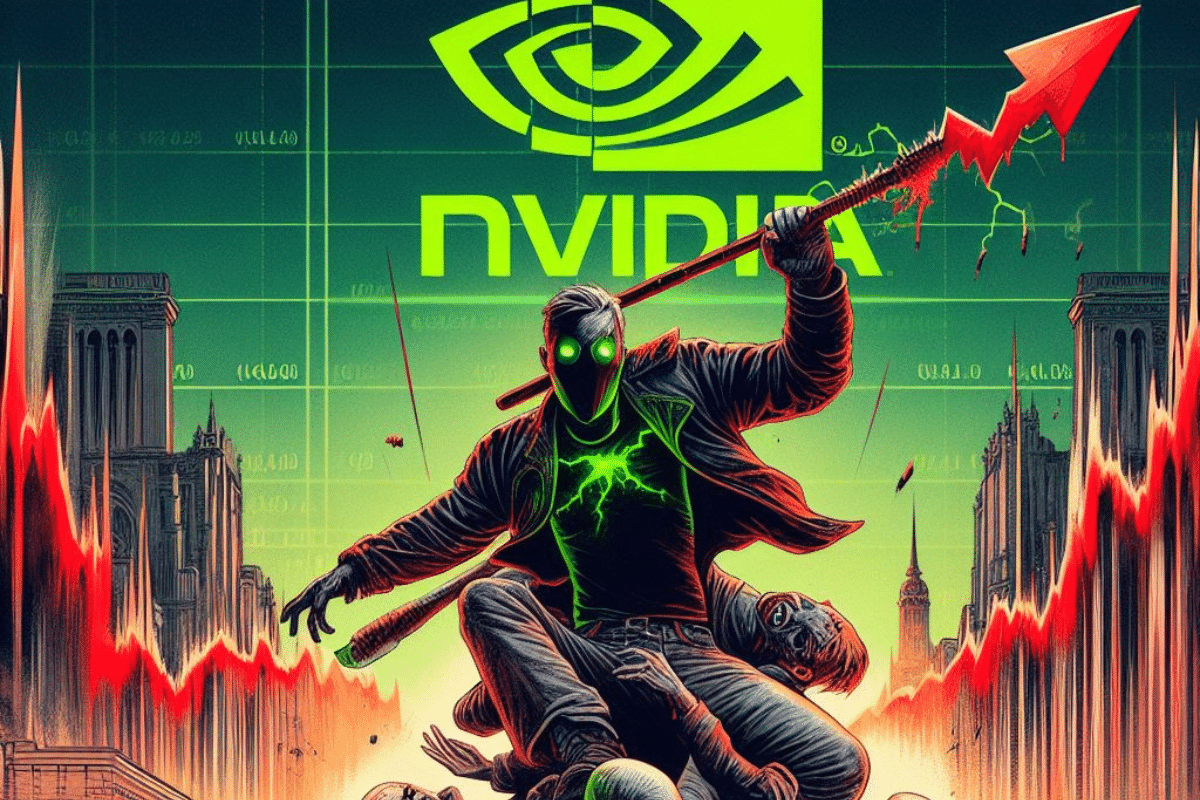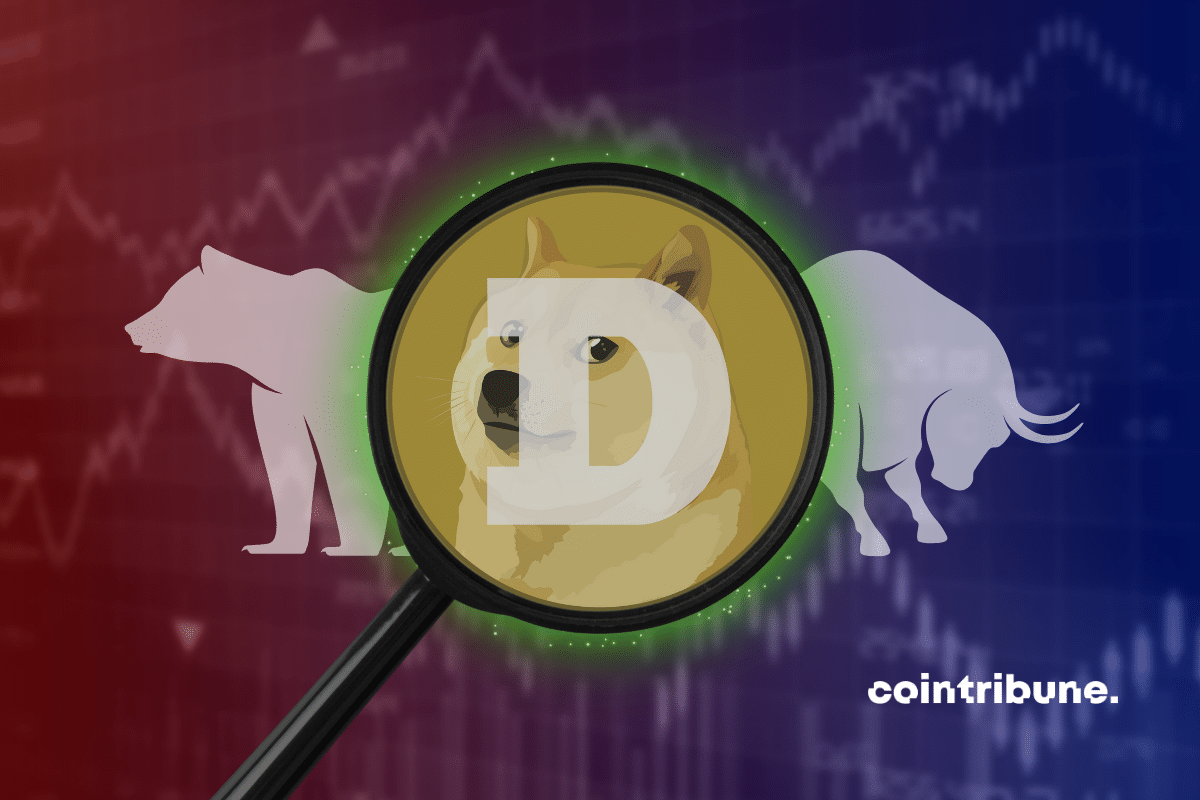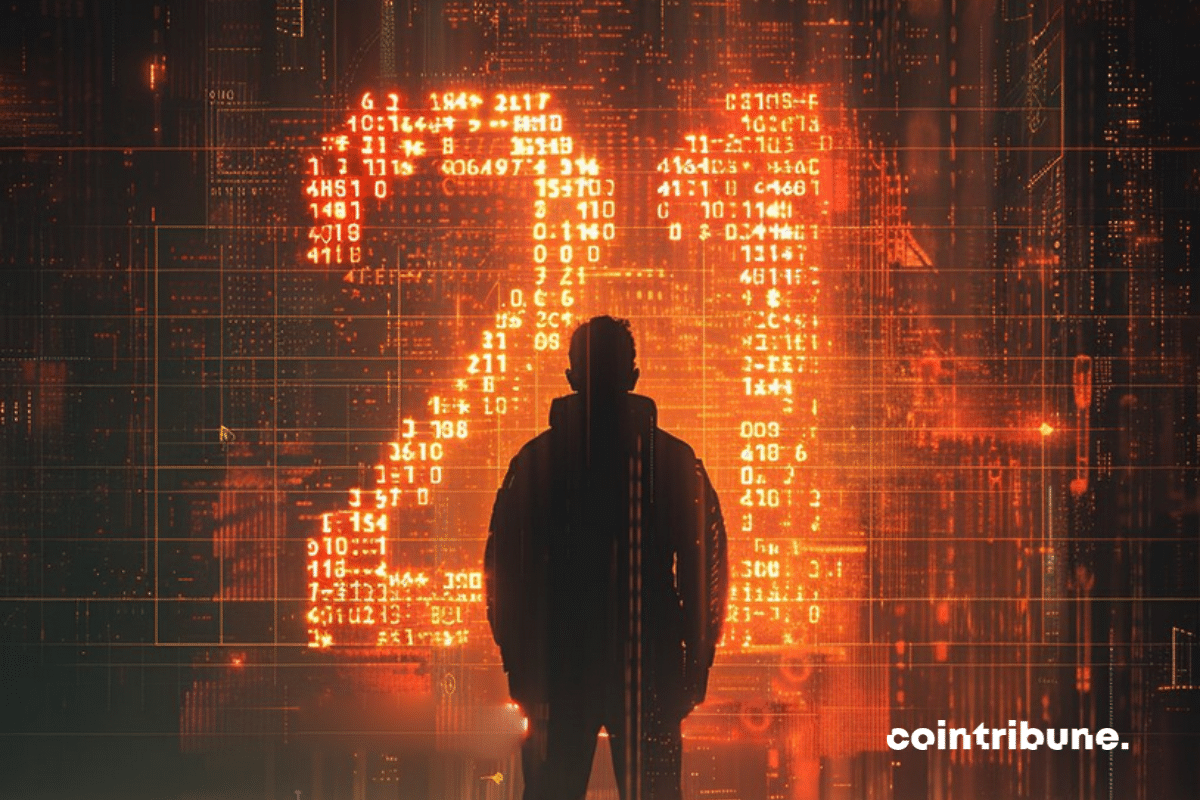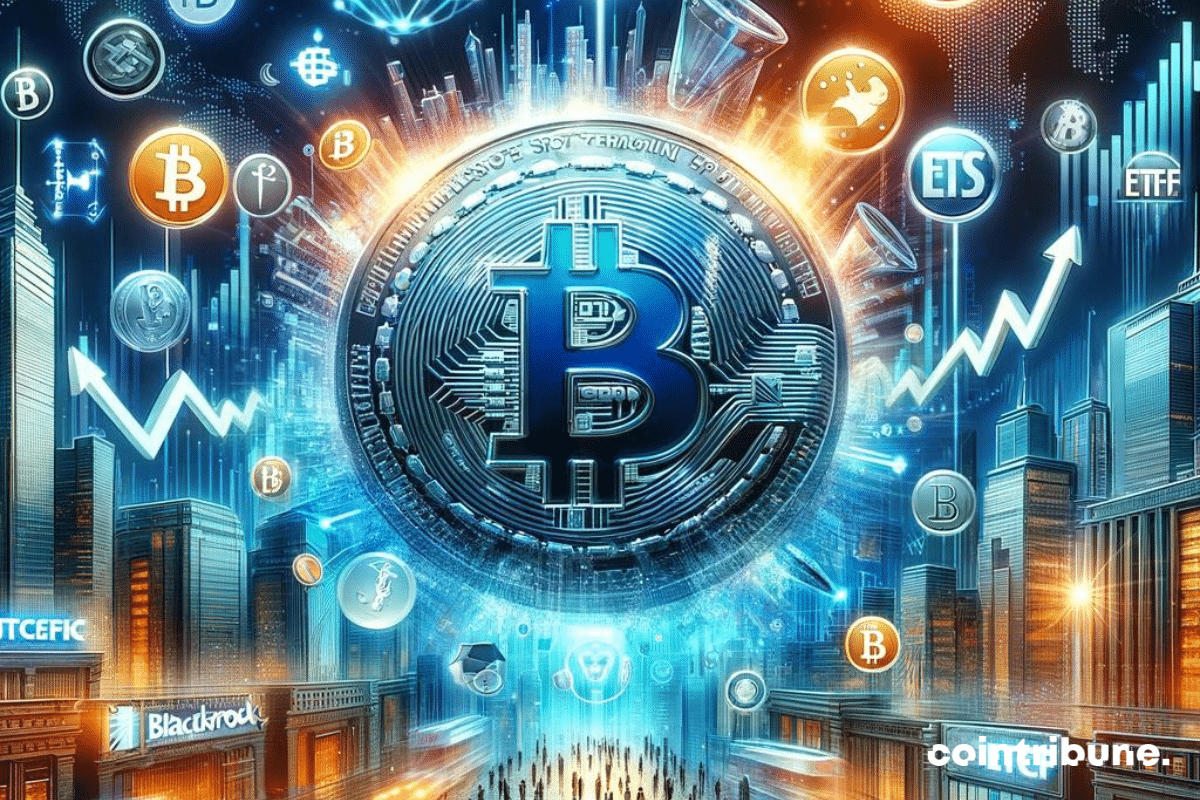Nexity's CEO reveals the challenges facing an unprecedented crisis, involving a quick adaptation to turn the situation around.
Getting informed
The web giant Microsoft is betting on artificial intelligence (AI) through Copilot. This AI tool that it has developed has just made a major breakthrough by integrating services typically dedicated to finance.
It appears that the outflows from the GBTC ETF related to Genesis' asset liquidation have started. Hence the halt in Bitcoin.
The American Congress could validate the holding of crypto in banks. This would promote widespread adoption of bitcoin.
Binance has put an end to deposit errors: discover how the crypto platform successfully recovered billions of dollars in assets.
Merrill Lynch and Wells Fargo start offering Bitcoin ETFs to their wealthy clients, generating record investments.
Bitcoin, the undisputed leader, surpasses the ruble, competes with global currencies, promises a revolutionary financial future.
The US government is transferring $921 million worth of Bitcoin to mysterious crypto wallets! Remaining as the top holder of BTC
Discover how the Internet Computer Protocol (ICP) revolutionizes blockchain with a reduced energy footprint, promoting a sustainable technological future.
Bitcoin is approaching $64,000, recalling its recent high of $69,000. Bitcoin ETFs are challenging Gold ETFs.
As it tries to get back on its feet after the legal troubles that have cost a lot, the crypto exchange Binance is facing new regulatory challenges. This time, the problems come from Nigeria where authorities are criticizing the potential influence of the platform on the country's economy, causing concerns among local traders.
With 95% of Bitcoin addresses back in the green, the crypto queen is making a spectacular comeback that some analysts dream of
Artificial intelligence (AI) is booming, and investors are increasingly betting on exchange-traded funds (ETFs) focused on this promising sector. Given the exponential growth prospects of AI, specialized ETFs are poised for a bright future.
It's chaos in the crypto world: Coinbase is collapsing! Meanwhile, Bitcoin fever is reaching new highs
The price of bitcoin has exceeded $60,000 for the first time in over two years. It is at the all-time high against the euro.
Translation:
The Bitcoin (BTC) market is booming. Recently achieving a spectacular push beyond $55,000, the flagship crypto was worth just under $57,000 yesterday. Here we are 24 hours later. The asset has gained over 4% on its valuation from the day before and is now worth $59,000. An astounding result considering that a year ago, Bitcoin was worth half of that. With this performance, one question arises recurrently. Will Bitcoin reach, or even surpass, its price record of $69,000 before the halving? Here is an analysis on this questioning which is highly relevant in the current context.
Bitcoin, the cryptocurrency that has, over the years, shaken the very foundations of the traditional financial market, finds itself today at a decisive crossroads. After flirting with the $59,000 mark, stirring near-unanimous excitement among investors, the time has come for reflection: is this meteoric rise a prelude to an equally spectacular fall?
Propelled by the success of Bitcoin ETFs, Jim Cramer makes a surprising prediction about the future of Ethereum ETFs!
According to latest reports, MicroStrategy's investments in bitcoin (BTC) are proving to be very profitable. Despite some suggestions, the company seems determined not to cash out these profits. On the contrary, it is doubling down on its acquisition strategy as evidenced by MicroStrategy's recent significant purchases of bitcoins. This is happening as the price of the leading cryptocurrency continues its remarkable surge.
A report reveals the plans of the SEC and the EU to regulate the crypto sector in 2024. More details in this article!
Three crypto assets coming out of nowhere causing an unprecedented shockwave in the market in 2024!
Bitcoin rebounds to nearly $60,000 in early 2024! What are the reasons for this crypto rally?
Like a financial rollercoaster, Bitcoin dangerously fluctuates, flirting with 60,000 dollars.
The soaring stock market of Nvidia, although spectacular, is worrying. The graphics chip manufacturer has surpassed giants like Amazon or Alphabet, and now ranks third in the valuations of American tech companies. Some economists, including economist Jeremy Siegel, see it as a harbinger of a sharp market reversal.
Dogecoin has started a new week up by more than 17%. Let’s take a look at the future prospects for DOGE’s price. Dogecoin (DOGE) Situation After failing to break through the resistance at $0.10, the Dogecoin price (DOGE) began a correction, falling to $0.075. At this…
Is Bitcoin really intended to replace fiat currency? Is it really possible, or even desirable? What is its true primary utility?
While the crypto market is going through a consolidation phase, Portal, Theta network, and Stacks manage to stand out!
The Ethereum Foundation has just announced the official launch of the Dencun upgrade on the testnets!
Bitcoin (BTC) is not the only one attracting attention from the crypto community. Several cash-settled ETFs linked to the leading crypto are also gaining traction through their trading volumes. In the past 24 hours, they have seen a remarkable surge. Here is exactly what happened.

